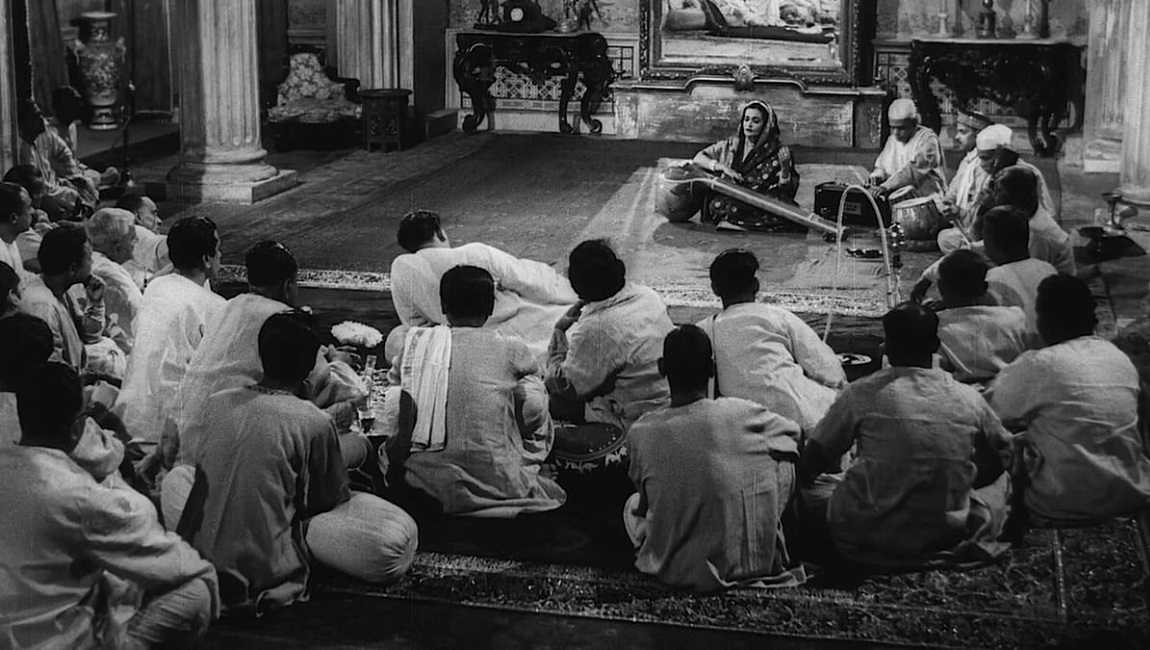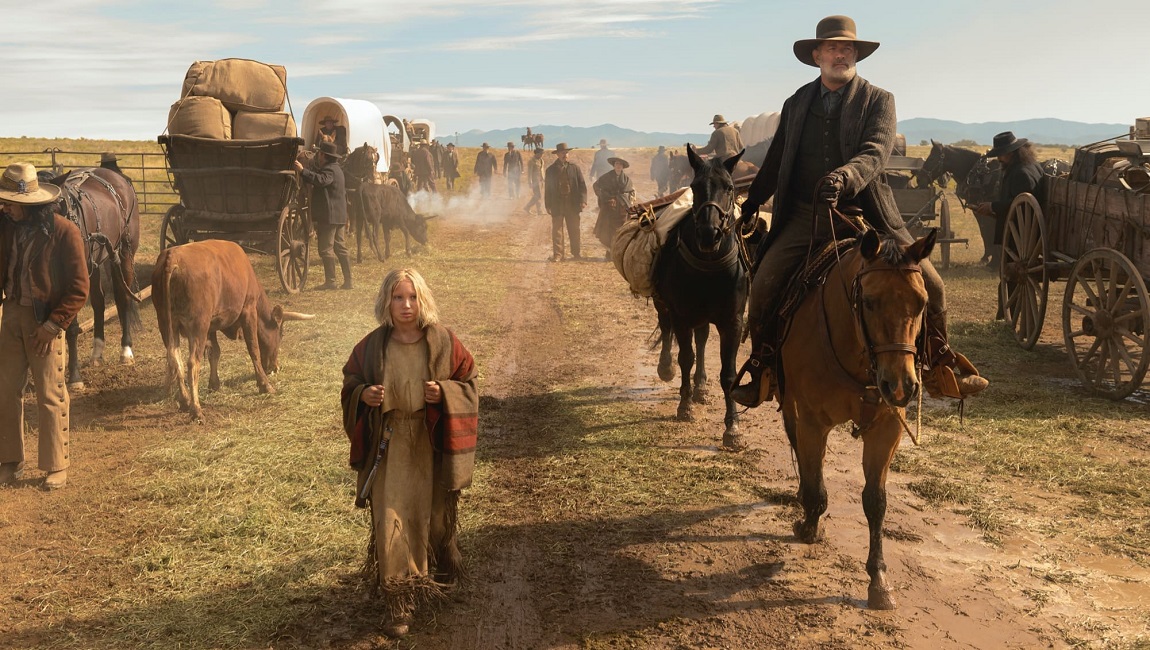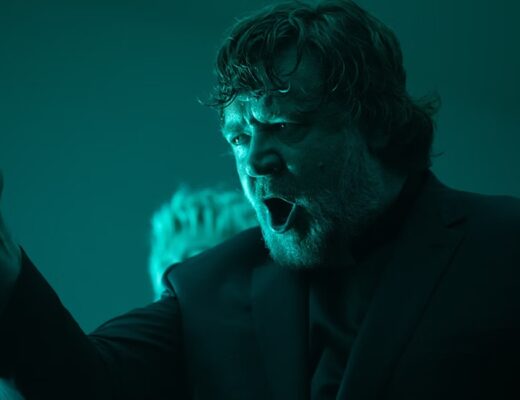A chandelier swings in the gloom, tremulous strings kick in and tension mounts as the camera pulls in. The glinting fixture rocks back and forth through the inky blackness. It is untethered, its branching arms look skeletal, almost otherworldly, and just as the score crescendos, we fade out into daylight; a stark close-up, a man frozen in reverie, thoughts drifting through silence only broken by bird song, and so the past dissipates. This is the haunting opening to The Music Room (Jalsaghar) from Bengali director Satyajit Ray, a figure of daunting stature in the international film scene; oft spoken in the same breath as Bergman, Kurosawa, and Fellini, artists whose robust filmographies become shorthand expressions for their national cinemas. Of course, Ray’s work is but a part of the rich landscape of Indian film, himself a cinephile influenced by the European arthouse, and just one of the pioneers of Parallel Cinema (Indian New Wave) — contemporaries Mrinal Sen and Ritwik Ghatak have their own idiosyncratic styles — a movement whose realism stood in contrast to the burgeoning romantic worlds of Bombay Cinema soon to be known as Bollywood.
While the intertwined layers of Ray’s influences, from Bengali poet laureate Rabindranath Tagore to the seminal Italian neorealist Vittoria De Sica and all those in between, form a complex web — far too intricate to here untwine — his films are defined by elegant images fueled by the power of their subtexts. Our introduction to Apu, the child protagonist of his astounding Pather Panchali, is as simple as eyes opening up to the wonder of the world. In Charulata, a woman’s love is expressed through dazzling motion, the camera taking flight alongside her as she swings, only to crash into the rictus of a freeze-frame at the end. The stubborn father-in-law in The Big City collapses while scaling a staircase, signaling that the wilting power of traditional values can no longer mount a challenge in the face of modernity. And so here, too: in The Music Room, the chandelier of the opening, in all of its opulent glory, returns to haunt Huzur Biswambhar Roy (Chhabi Biswas), reflecting his obsessions and tragedies, and shepherding him towards his end.
Filmed on the heels of Ray’s second film, Aparajito (the middle chapter of The Apu Trilogy), and adapted from the popular short story by novelist Tarasankar Bandyopadhyay, The Music Room tells the tale of a zamindar (an Indian feudal lord) who is the last of his family line at the end of an era. His obsession with classical music is encapsulated by the titular room — full of ornate rugs, majestic columns, and extravagant portraits of ancestors — within which he whiles away the remainder of his wealth throwing lavish concerts at the expense of everything else. Biswambhar Roy fits a frequent motif of Ray’s cinema: an aloof and arrogant man who is blind to the realities of the world around him. In many of his films, this myopia entangles with British colonial powers, like in Charulata where the husband’s obsession with his newspaper press and coverage of the British election obscures his collapsing marriage, or most bluntly in The Chess Players where the lives of two rich noblemen who languidly absorb themselves in their games run parallel to the East India Company’s incursions into the country. A subtler variant appears in The Music Room, where Biswambhar’s neighbor and rival, Mahim Ganguly (Gangapada Basu), a nouveau-riche businessman now elevated to an equal station, appears to merely project a love for the Indian classical music Biswambhar so adores and signals an erosion of a traditional world in the face of brute mercantilism — the self-absorbed Biswambhar views Ganguly, to him a lowly commoner, as beneath his attention until it’s far too late.
This sweeping tide of change is captured in an elegant sequence that forms a dyad with the iconic train scene from Pather Panchali. In the latter, the camera tracks after the young Apu as he races through a field to get his first clear look at a passing train. As the two converge, we get a shot from behind the locomotive, enveloping the screen and allowing us only glimpses of the young boy marveling at its roaring physical and symbolic power — a scene of awed optimism at the possibilities of progress later realized by Apu’s arrival in Calcutta on that very train. In The Music Room, Biswambhar steps out to overlook his dwindling estate, slowly being swallowed up by the lapping Ganges river in the distance. Across the road stands his elephant Moti (Pearl), one of his last remaining symbols of power and wealth. Racing into the picturesque stillness of nostalgic reverie is one of Ganguly’s cars, obscuring the elephant in a huff of dust. The pessimism pervades; Biswambhar is an old man clinging to the vestiges of tradition which will soon be erased by encroaching modernity. Meanwhile, the future fails to any longer carry the awe-inspiring grandeur of Pather Panchali’s train, as such symbolism is here pointed toward a garish piece of machinery that can erase histories with its crude engine.
While these ideas percolate in subtext, Biswambhar’s reveries take us far from the ruins of the present, where he’s perched in a calcified stupor — picture the slovenly decrepitude of Lucrecia Martel’s La Cienega — and into to the glory days of his past. There we bear witness to the spectacular performances he once hosted in his music room, and meet his wife and son who exist on the periphery, muscled out by his obsession until their tragic ends. Ray gives these musical sequences room to breathe, played in full courtesy of an assemblage of top-tier performers who make for an exhilarating watch. We are hypnotized alongside Biswambhar, as these showcases burst from the frame and result in rapturous immersion; something akin to the virtuoso ballet sequence from The Red Shoes. Given the precision of Ray’s visual storytelling, the entire arc of the film can be contained within these scenes. In the climactic centerpiece, the serpentine khyal sung by Ustad Salamat Ali Khan merges with Ray’s delicate cinematic touch. As the vocals begin, we cut from the music room to Biswambhar pacing his balcony while watching flickers of a storm rage in the distance. He returns to the music room, his mind centered on having earlier commanded his wife and son to return home early and thus sending them into the danger of being swallowed up by this tempest. As he sits, and the performance picks up in intensity, Ray cuts to a swaying curtain that reveals lightning glimmering in the distance, the looming chandelier swaying overhead in the hypnotic quicksand of Salamat Ali’s voice. Cut to Biswambhar’s glass, where a bug is writhing in the water, and we can almost visualize the faraway ship capsizing at sea as Salamat Ali’s vocalizations churn into a wailing staccato.
As the film draws towards its close, Biswambhar’s nostalgia and arrogance lead him to once again return to the music room, deciding to upstage Ganguly one last time and relinquishing every last bit of remaining wealth to do so. There is a quiet moment, walking into its cobwebbed abandon, where we find the fading zamindar staring straight into the large, murky mirror, and as if for the first time, seeing himself as he really is. Ray lingers on this moment of clarity and grief, a fool who has squandered his world, the realization captured with immaculate grace by Biswas. The explosive finale that follows, which features a mesmerizing dance by Roshan Kumari, is a storm of energy, but it’s this moment, here at the canted reflection, that signals Biswambhar’s final downfall — a frail old man staring into the abyss of the past. Ray’s talents are easy to grasp from the elegant, interwoven narratives that mark The Apu Trilogy, but the way the simple parable of The Music Room writhes into being under his direction — so rich in visuals, so ecstatic with music — is a staggering display of his prowess. The film’s hypnotic grip remains as ferocious today as upon its original release, still firmly capable of holding viewers within its entrancing spell.
Part of Kicking the Canon – The Film Canon.







